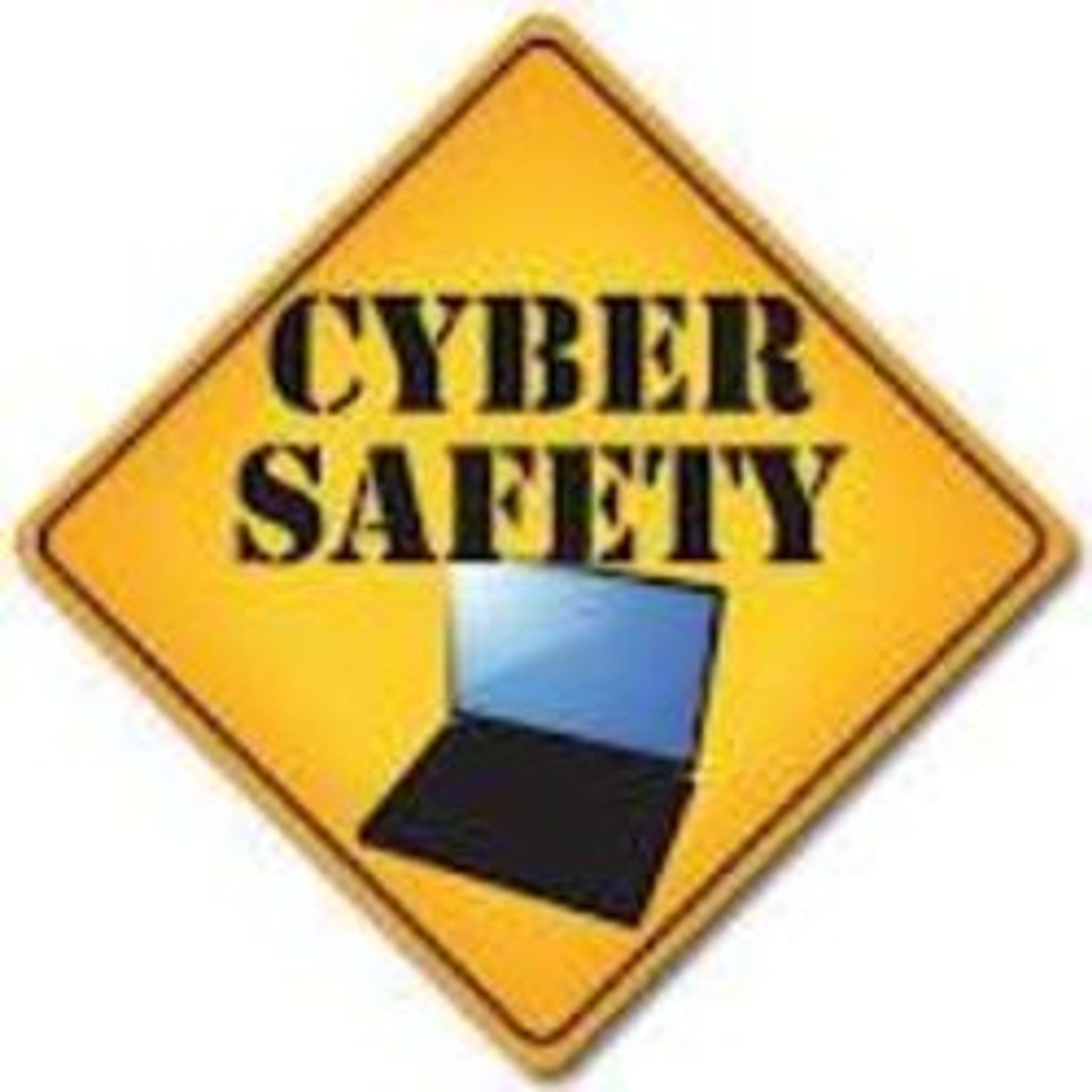Cyber safe kids

Esafe Commissioner advice to parents and carers for elearning
https://www.esafety.gov.au/key-issues/covid-19/advice-parents-carers
All nations confront an online treat to children - article from Esafe Commissioner of Australia
As the world congregates online to work, socialise and learn, new risks have emerged for children. These online safety risks have no national borders.
In the light of this, eSafety Commissioner Julie Inman Grant has joined with two international leaders in child protection, Dr Joanna Rubinstein and Dr Howard Taylor, to outline the threats and propose solutions.
As the COVID-19 crisis wears on, officials have told us that to prevent the spread of the virus, even those at low risk of health complications — such as our children — need dramatically to alter their lifestyles in the name of collective safety. So far, COVID-19 has forced over 1.5 billion children across the world out of school.
However, missing school, skipping team sports and activities, and steering clear of public transit will not protect our children from the dangers they face in the digital world. Passing more of their days online, children are being left even more vulnerable to a pandemic threat unrelated to COVID-19: exploitation and abuse online.
As leaders of three organisations that focus on protecting children from violence and harm, we know first-hand the risks associated with children and young people spending more time online.
We also know that with the expansion of networks, speed and new capabilities like cameras on almost every kind of digital devices, there has been an exponential increase in online abuse.
Sharing responsibility
While we all try to limit the spread of the current COVID-19 pandemic, we must spare a thought for the thousands of child-protection specialists battling to provide support to children living in unsafe conditions, the helplines responding to children in distress and the hotlines preparing for a rising tide of online child abuse content as perpetrators are confined to their homes.
In terms of protecting our children online, our message is clear:
Just as we are all practicing social distancing and frequent hand-washing, so must we model responsible, safe and respectful behaviour online, too.
We all share this responsibility.
As parents, carers and educators, we can guide our children to navigate the online world more safely by helping them to develop skills like respect, responsibility, resilience and critical reasoning, and by making sure that the devices, sites and apps that our children are using have safety, security and privacy settings set at an appropriate and safe level.
We must ensure that children know where they can turn for help — whether that is through having more conversations with them at home, informing them of helplines or support networks, or providing them with tips and advice. Once armed with this knowledge children are also better placed to support and protect each other online.
We must report illegal and harmful content to the platforms and services where this content is hosted, and to established hotlines and reporting schemes. Online child abuse is a virus that affects far too many victims and we need to stop its transmission. The importance of reporting and getting this content removed cannot be underestimated. If you see it, report it.
Each of our respective organisations has a website that hosts information and practical advice to help parents and caregivers in these uncertain times, and we encourage all parents and carers to read our new resource, Global online safety advice for parents and carers. We speak with one voice, and it is our shared goal to amplify the importance of protecting children from the risks and harm that they can be exposed to online.
Time for the tech sector to step up
However, the actions we take as individuals are only part of the picture. Pressure must be applied to all those within the digital ecosystem — from internet service providers right through to the developers of apps and games — better to protect, empower and support young people online.
As our world goes virtual and we see more and more influential figures step up and meet the moment, it is time for key players in the technology sector to do the same and increase their activities and investments in new and better technologies and systems to safeguarding young people online.
Technologies exist that can scan, detect and remove online child abuse from the internet. There are innovative tools that empower users to take control over the content and contact they experience online. Processes have been developed to direct those experiencing immediate life-threatening harms to support and emergency services. However, currently only a very small proportion of companies globally actually use such tools, which in view of the tsunami of child abuse material and the new COVID-19 reality, demands a rapid change in priority.
The provision of safer digital environments should not be dependent on whether a parent or carer has the right level of technical skills, time or financial resources. The digital world should be built with children’s safety in mind, with safety settings, processes and provisions built-in. We call this 'safety by design', and tech companies should be expected to embed virtual restraints into their platforms, just as airbags and seatbelts are standard in cars.
These are challenging times. Of paramount concern is keeping our families and communities safe from the virus. But by taking a few simple precautions, we can also ensure that the digital world that we are becoming so dependent upon is safer for our children through COVID-19 and beyond.
Dr. Joanna Rubinstein is President & CEO of Childhood USA, a Board Member of the Global Partnership to End Violence Against Children and a Commissioner of the UN Broadband Commission for Sustainable Development.
Dr. Howard Taylor is Executive Director of the Global Partnership to End Violence Against Children.
